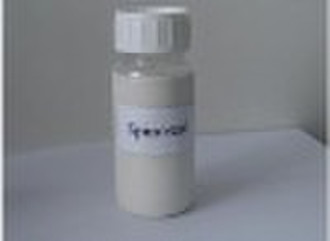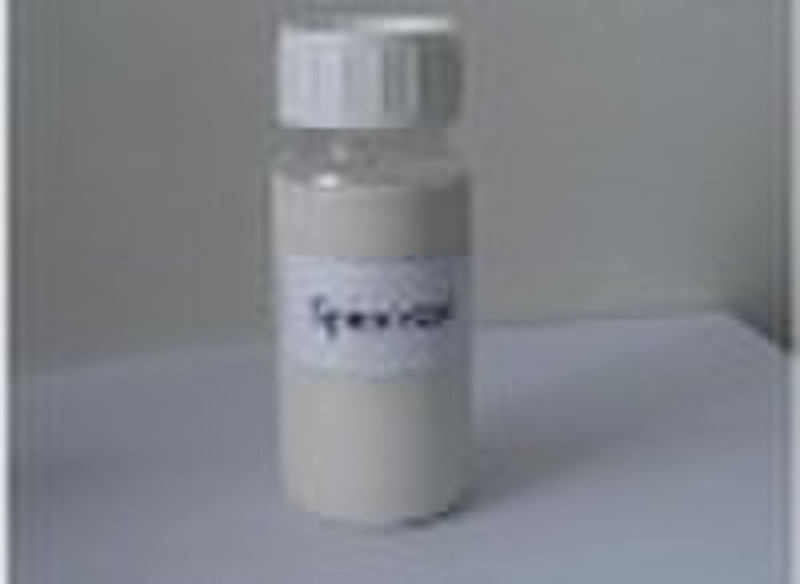Каталог
-
Каталог
- Автомобили и мотоциклы
- Безопасность и защита
- Бизнес
- Бытовая техника
- Бытовая электроника
- Детали машин и услуги по их изготовлению
- Дом и Сад
- Здоровье и медицина
- Игрушки и хобби
- Изделия из металла
- Измерительные и анализирующие приборы и инструменты
- Инструмент
- Красота и личная гигиена
- Мебель
- Мероприятия по охране окружающей среды
- Минералы и металлургия
- Модные аксессуары
- Обувь и аксессуары
- Одежда
- Освещение
- Подарки, сувениры
- Продовольственные товары и напитки
- Промышленное оборудование и техника
- Резина и пластмассы
- Сельское хозяйство
- Специальное оборудование
- Спорт, отдых и досуг
- Сток
- Строительство и недвижимость
- Текстиль и кожа
- Телекоммуникации
- Товары для офиса, учебы. Канцтовары
- Транспорт
- Упаковка и печать
- Химикаты
- Часы, Украшения, Очки
- Чемоданы, сумки
- Электронные компоненты, оборудование, принадлежности
- Электротехническое оборудование и принадлежности
- Энергия
Filters
Search
спиносад

Mountain Zhang
Контактное лицо
Основные данные
| Классификация | Biological Pesticide |
|---|---|
| CAS никакой. | 131929-60-7 |
| Другие названия | tracer |
| Регистрационный номер EINECS | 131929-60-7 |
| Место происхождения | Henan China (Mainland) |
| Степень чистоты | 5% |
| Применение | pesticide |
| Бренд | Keyuan |
| Номер Модели | KY1013-1 |
| Состояние | Жидкость |
The active ingredient is derived from a naturally occurring soil dwelling bacterium called Saccharopolyspora spinosa, a rare actinomycete (Saccharopolyspora spinosa Metrz & Yao) reportedly collected from soil in an abandoned rum distillery on a Caribbean.Active Ingredient: The active ingredient is derived from a naturally occurring soil dwelling bacterium called Saccharopolyspora spinosa, a rare actinomycete reportedly collected from soil in an abandoned rum distillery on a Caribbean Island in 1982 by a scientist on vacation. It has not been found in nature since that time, and was subsequently described as a new species. The bacteria produce compounds (metabolites) while in a fermentation broth. The first fermentation-derived compound was formulated in 1988. Spinosad has since been formulated into insecticides that combine the efficacy of a synthetic insecticide with the benefits of a biological pest control organism.Spinosad kills susceptible species by causing rapid excitation of the insect nervous system. Due to this unique mode of action, Spinosad is valued in resistance management programs. Spinosad must be ingested by the insect, therefore it has little effect on sucking insects and non-target predatory insects. Spinosad is relatively fast acting. The insect dies within 1 to 2 days after ingesting the active ingredient and there appears to be no recovery. Use: It is used to control a variety of insect pests, including fruit flies, caterpillars, leafminers, thrips, sawflies, spider mites, fire ants, and leaf beetle larvae. Spinosad is recommended for use in an Integrated Pest Management program for commercial greenhouses since it will not harm most beneficial insects or predatory mites. Spinosad does not significantly affect beneficial organisms including ladybugs, green lacewings, minute pirate bugs, and predatory mites.
Условия поставки и упаковка
Packaging Detail: wooden crate outside ,100ml high-handed separate plastic bottle Delivery Detail: 30-45 days
Порт: Shanghai
Условия оплаты
Аккредитив
Электронный перевод
-
Способы оплаты
Для оплаты товаров и услуг на нашем портале, Вы всегда получаете счет, в котором Вам необходимо самостоятельно указать свои данные.
Мы принимаем к оплате:









